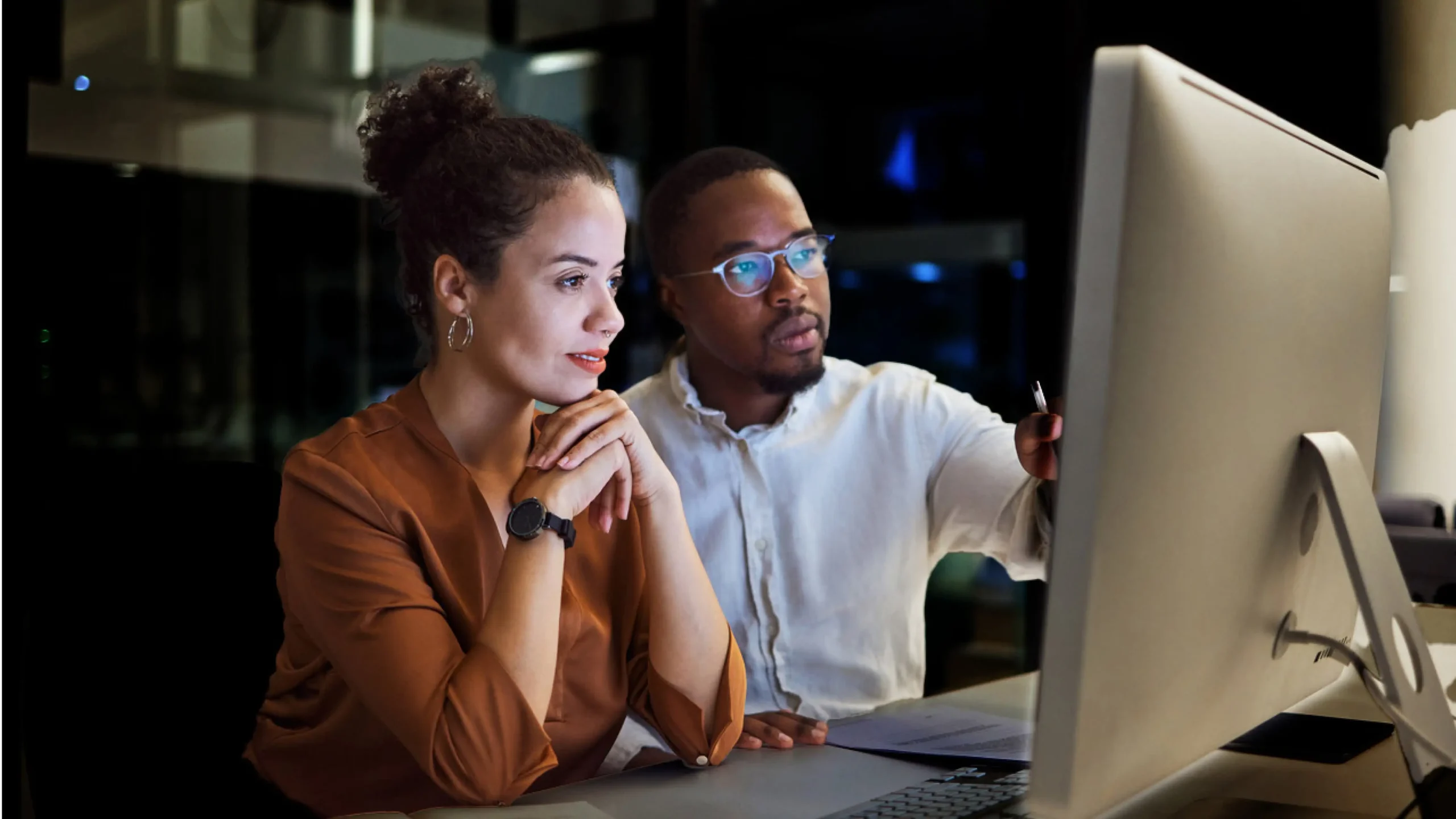Navigating the complex process of launching a new drug can be daunting, particularly when dealing with the U.S. Food and Drug Administration’s (FDA’s) Risk Evaluation and Mitigation Strategy (REMS). Understanding the REMS process, from submission to negotiation and approval, is crucial for a successful launch. Here’s a concise guide to help you navigate this critical phase.
First, let’s understand what a REMS program is. A REMS is a drug safety program that the FDA can require for certain medications with serious safety concerns to help ensure the benefits of the medication outweigh its risks. REMS requirements can range from simple measures like medication guides to more complex strategies like restricted distribution systems. It is important to note the intent of a REMS is not to cause undue burden on stakeholders or limit patient access, but to ensure the benefits of the drug truly outweigh its risks.
Understanding the key steps in the REMS approval process, specifically during the feedback and negotiation phase, is critical to navigating launch readiness while awaiting FDA feedback. Key steps in the approval process are:
- Initial Submission: The REMS can be submitted as part of a New Drug Application (NDA) or a Biologics License Application (BLA), either proactively or upon the FDA’s request. It is best for applicants to be proactive by leveraging internal and/or external experience to determine the likelihood of a REMS being required.
- FDA Review: The FDA evaluates the proposed REMS to determine if it effectively addresses the drug’s risks.
- Feedback and Negotiation: This phase involves back-and-forth discussions between the FDA and the applicant to refine the REMS. Negotiations will typically come in the form of Information Requests (IRs) that will usually include submission of a REMS amendment.
- Approval Decision: The FDA may approve, modify, or request additional information for the REMS.
- Post-Approval Monitoring: The REMS is continually assessed and updated based on new data or changes in risk management strategies.
As applicants have a limited amount of time to implement the REMS after approval, development of the REMS technology should begin in advance of FDA feedback. The REMS administrator will initiate software development of the REMS technology (i.e., Planning & Requirements > Analysis and Design > Development > Testing > Deployment > Release). However, without a finalized REMS, applicants face several challenges such as:
- Uncertainty in Requirements: Without finalized REMS requirements, designing and implementing the REMS can be challenging. It is important to maintain flexibility throughout the build.
- Resource Allocation: Significant resources are required for REMS development and, without clear guidance, efficient allocation can be difficult. It is ideal to have early and frequent internal alignment to determine resource demand and availability.
- Timeline Considerations: Delays in REMS approval can have an impact on the overall launch timeline, potentially leading to lost revenue and market opportunities.
To mitigate these risks and ensure a smooth launch, applicants should engage with the FDA early and frequently to understand their expectations as it will help align strategies with regulatory standards. Applicants should also develop a robust REMS Document and supporting materials to ensure completeness and accuracy in the REMS submission. This is critical to avoiding delays. FDA feedback should be addressed promptly and thoroughly to demonstrate a commitment to patient safety and compliance while maintaining flexibility in the development plans.
By following these strategies, applicants can navigate the REMS approval process more effectively and ensure drug launch is timely and successful. Engaging in proactive communication with the FDA and leveraging expert guidance are key to mitigating launch readiness risks.
With the experience of more than 120 RiskMAPs and REMS programs for products in a variety of therapeutic areas, UBC recognizes what is needed for product approval, patient safety, and commercialization. We welcome the opportunity to further explore ways we can apply the lessons we have learned to help you navigate your product through regulatory and commercial requirements so it can reach the right patients under the right conditions to optimize care. Get in touch with our team here.
About the Author

Natalie Eiland is the REMS Project Operations Director at UBC. With over 16 years of industry experience, she facilitates the successful implementation and maintenance of REMS programs. In this role, Natalie continues to explore innovative ways to streamline REMS requirements and functionalities across programs. Natalie’s extensive involvement in the growth and expansion of REMS programs in the pharmaceutical and manufacturing sectors enables her to continue implementing and managing successful programs aligned with REMS drug regulations throughout the industry.







